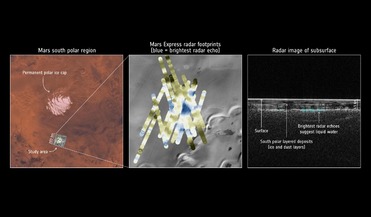 27 July 2018
A pool of liquid water found under Mars' south pole
27 July 2018
A pool of liquid water found under Mars' south pole
... exist at the martian poles however and the presence of liquid water at the base of the polar ice caps has long been suspected. Indeed if the water ice contained at the South Pole melted today, then scientists say that...
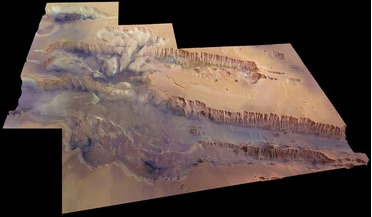 15 December 2021
ExoMars discovers large amounts of hidden water in Mars’ Grand Canyon
15 December 2021
ExoMars discovers large amounts of hidden water in Mars’ Grand Canyon
..., is generally detected at the planet’s frigid polar regions. Like Earth, Mars’ equator is warmer than at the poles, so water ice is not expected to exist near the surface here as temperatures are not cold enough for it to remain to be stable...
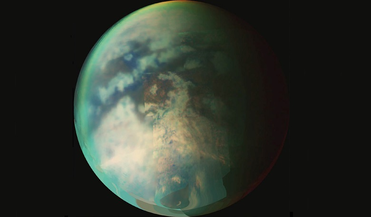 June 2020
Titan’s evolving atmosphere
June 2020
Titan’s evolving atmosphere
... the albedo and in the composition of the various areas. In this latitudinal dependence of Titan’s surface composition, water ice appears to be the major constituent at latitudes beyond 30N and 30S, while Titan’s equatorial region is dominated partly...
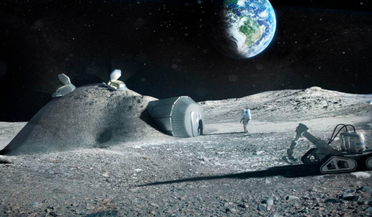 26 October 2020
Scientists detect molecular water and cold ‘water traps’ on the Moon
26 October 2020
Scientists detect molecular water and cold ‘water traps’ on the Moon
... traps, and are the smallest distance over which the team find cold-trapping to be effective for water ice. It turns out, these small scale ‘micro’ cold traps are hundreds to thousands of times more numerous than...
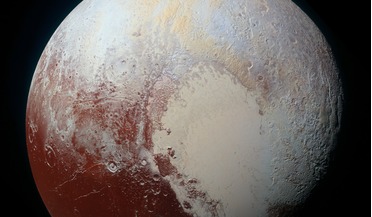 20 May 2019
A thin layer of ice-trapped gas stops Pluto's oceans from freezing
20 May 2019
A thin layer of ice-trapped gas stops Pluto's oceans from freezing
... name are clathrate hydrates. Clathrate hydrates or gas hydrates are molecules of gas that are locked in a lattice of water ice molecules that are linked together through hydrogen-bonding. Clathrates have been found to occur naturally in large...
 April 2020
Is space poised to take another giant leap?
April 2020
Is space poised to take another giant leap?
...) and north pole (right) as viewed by NASA’s Moon Mineralogy Mapper (M3) spectrometer onboard India’s Chandrayaan-1 orbiter. The water ice, now also confirmed by NASA’s LCROSS mission and currently estimated at over a billion metric tonnes per pole...